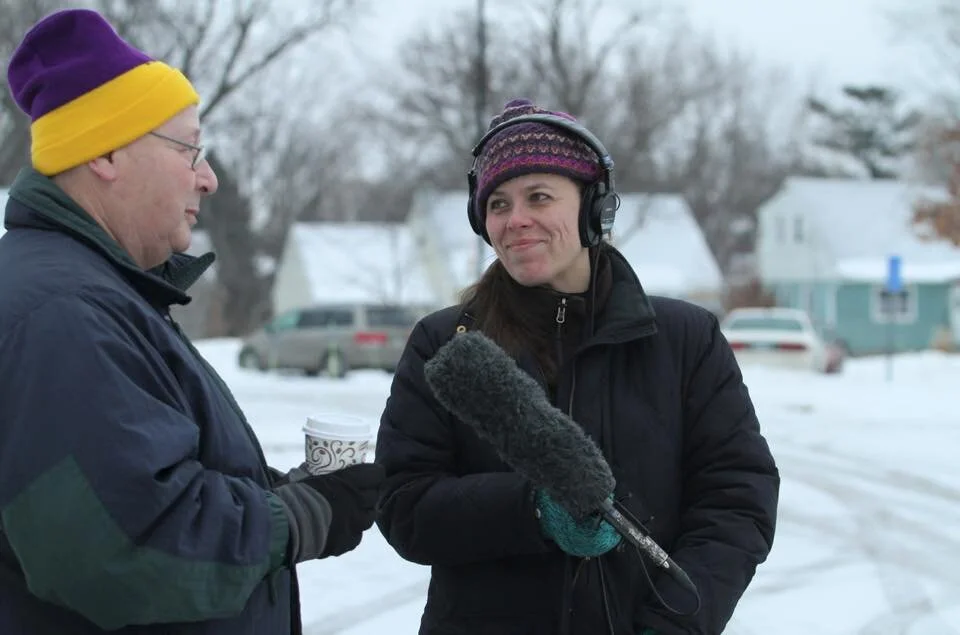Here's the thing about being really good at what you do:
It's surprisingly hard to write about it.
You know your industry inside and out. You've solved problems your competitors are still figuring out. You have insights that could genuinely help people. But when it comes to putting that expertise into words that actually connect with your audience? That's where most business leaders get stuck.
That's where I come in.
I've spent twenty years working as a journalist, which basically means I've made a career out of taking complex topics and making them interesting to people who didn't think they cared about them. I've covered everything from local politics and environmental issues to breaking news and healthcare, always with the same goal: help people understand why this matters to them.
A few years ago, I realized that the same skills that make a great journalist — curiosity, storytelling, understanding your audience — are exactly what business leaders need to cut through the noise of generic marketing content.
So I founded The Ghostwriting Lab.
My Story
I don't just write newsletters and LinkedIn content. I help you figure out what makes your perspective unique, then turn that into content your customers and audience genuinely want to read.
This looks like:
Educational email courses that teach your methodology (instead of just talking about your services)
Weekly newsletters that feel like getting advice from a trusted mentor
Strategic content planning so you're not scrambling for topics every week
Voice development that sounds authentically like you, just... better
What I Actually Do
Who I Work With
My favorite clients are established business owners and executives who know their stuff but hate the idea of "marketing themselves."
They want to share their expertise without sounding salesy. They understand that building real authority takes time and strategy, not just more content.
The Personal Stuff
I'm a first-generation American, born to Colombian and German parents. I’m fluent in Spanish and someone who believes every industry has fascinating stories hiding in plain sight. I live in North Carolina with my husband and two daughters, and when I'm not writing, I'm probably planning our next travel adventure or hiking in the woods.
Bottom Line
If you're tired of newsletters that sound like everyone else's — or if you don’t have one but know you should — let’s talk. Your expertise deserves better than generic marketing speak.





